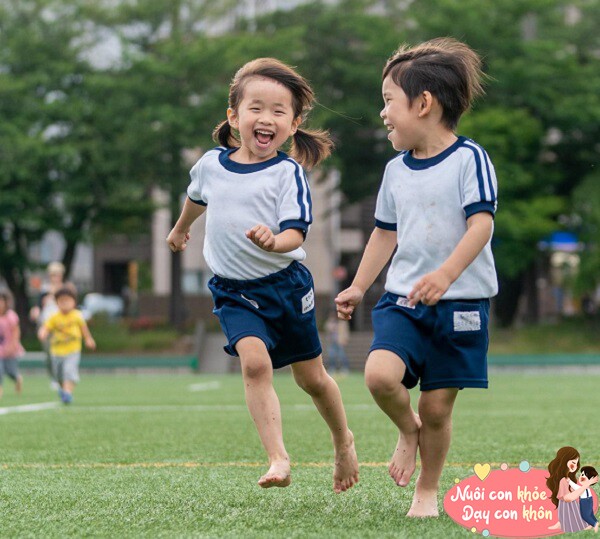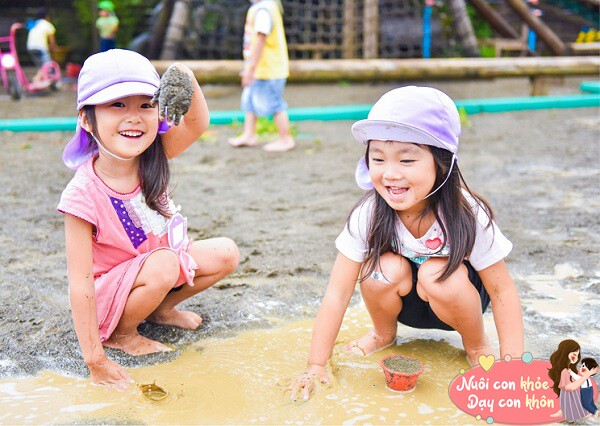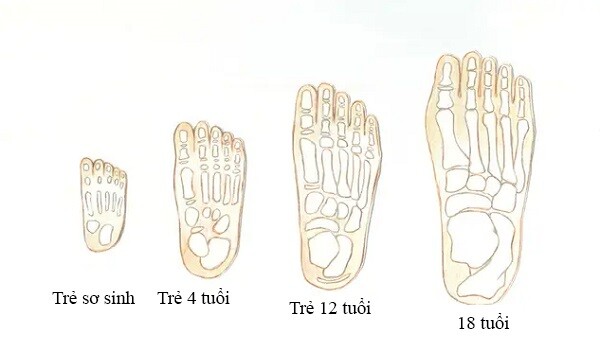While the changes may not be immediately noticeable, several studies have shown that going barefoot offers numerous benefits for children’s development. Over time, particularly within a four-year period, significant differences in physical strength, cognitive abilities, and foot arch development become apparent.

Sensory Development
The human foot contains approximately 200,000 nerve endings. Going barefoot exposes children to a variety of tactile sensations daily, providing more sensory stimulation.
From the coolness of tiles to the softness of grass, the warmth of sand, and the texture of pebbles on a beach—these varied surfaces offer unique sensations and stimuli.
These sensory inputs are transmitted to the brain and body through the soles of the feet, promoting the development of sensory integration.

Going barefoot enhances sensory stimulation.
This process is akin to constructing a “superhighway” connecting the body and brain. When the five senses encounter stimuli from the external world, they are instantly transmitted to the brain for processing. Subsequently, the brain sends relevant instructions, enabling us to appropriately perform desired actions.
For instance, if we touch a hot kettle, our hand (sense of touch) immediately relays this information to the brain. After analysis, the brain detects danger and instructs us to move away, triggering an extremely rapid reflex to pull our hand back.
Stronger sensory integration in children leads to improved bodily coordination and balance. Enhanced physical abilities contribute to increased self-confidence.
Children with well-developed physical skills can independently perform various tasks, react swiftly in their daily routines, and coordinate harmoniously with peers during play, all of which offer significant advantages.

Cognitive Development
A child’s brain development heavily relies on external stimuli. Rich and varied sensory experiences during childhood contribute to robust brain development and a stronger sense of spatial awareness.
Among the multitude of sensory stimuli, touch holds particular importance in connecting children to the world, and the sense of touch through the soles of the feet is often overlooked.

Regularly going barefoot promotes blood circulation.
Each time a child goes barefoot, their rapidly developing brain receives new stimuli, encouraging the formation of new neural connections and pathways, ultimately contributing to a more efficient brain.
Additionally, going barefoot regularly can act like a foot massage, promoting blood circulation, enhancing metabolism, and helping children release accumulated stress during their growth. Stable emotions from an early age contribute to improved focus and concentration.

Healthy Foot Arch Development
A well-developed foot arch can better absorb shock, transfer weight, and provide propulsion during exercise, reducing foot fatigue, maintaining body balance, and lowering the risk of injury.
A study published in the Journal of Footwear Science found that children who frequently wore socks and shoes from a young age tended to have flatter foot arches and poorer balance and body coordination compared to those who regularly went barefoot or ran barefoot.
Infants typically do not have developed foot arches, and this development occurs as they start walking. Insufficient arch development can lead to flat feet. The soles of infant feet contain numerous nerve endings, and going barefoot can activate, strengthen, and promote the formation of healthy foot arches.

Moreover, the first four years after birth are crucial for foot arch development. At six months old, most of the foot bones are still cartilage. Around age three, the final bones begin to develop, and by age four, the foot shape, muscle tone, and arch development become more established.
Therefore, before the age of four, provided it is safe to do so, encourage children to go barefoot appropriately, allowing them to better explore their surroundings.
The deeper the connection between a child’s feet and the world, the better they understand their bodies and brains. Over time, they will develop stronger foot arches, improved physical strength, and enhanced cognitive abilities, making it easier for them to engage in various sports later in life.
However, it is essential for parents to ensure a safe environment when children go barefoot, avoiding sharp objects and inappropriate surfaces.




































